Affiliate links on Android Authority may earn us a commission. Learn more.
I just went on a road trip and this is the tech I couldn't live without
Published onApril 16, 2022
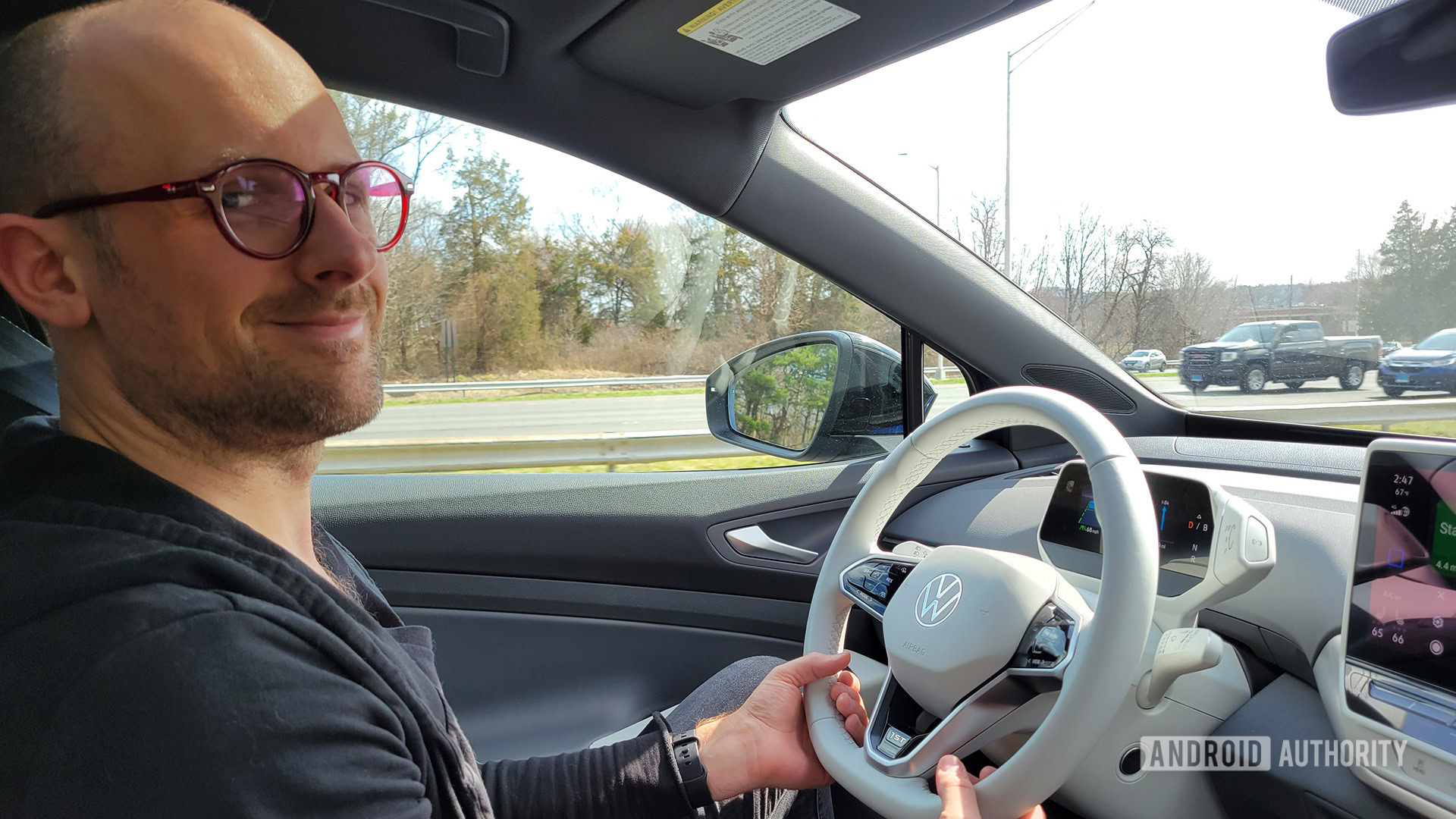
Recently, my partner and I went on a road trip along the East Coast of the United States. We stopped at many points along the way to visit family and friends. However, I did not take time away from work while on the road. I worked in the car during my regular hours. The only way I could pull this off was by having the right road trip tech!
See also: The best car security cameras
Some of the tech in my bag was pretty obvious, such as my smartphone, laptop, various cables, etc. There were a few items, though, that I don’t see many people travel with. Some of those things made my trip — and the act of working from the passenger seat — much easier.
Below, you’ll find the road trip tech that got me through this jaunt from Connecticut to South Carolina and back again. Hopefully, this list will make your next long haul less stressful.
Multi-port GaN charger
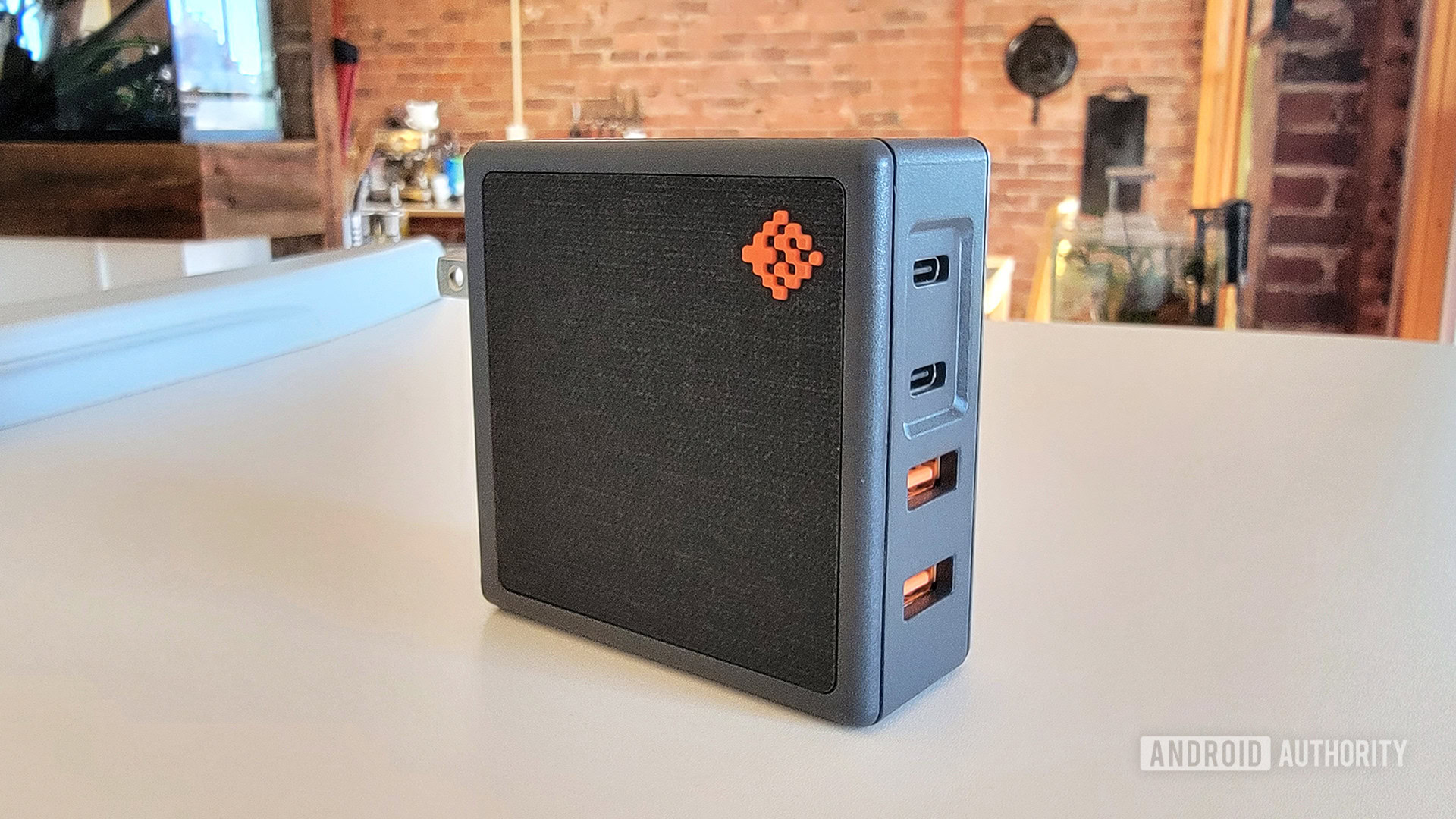
My backpack only has so much space in it. If I were to pack every charger for every gadget, I’d be taking up way too much needless space. A GaN charger solves this problem by allowing me to charge every major tech product all at once. And yes, that includes my laptop!
Specifically, I used the SlimQ 100W charger ($60). It has two USB-C ports and two USB-A ports and is still a relatively travel-friendly size. The four ports allowed me to charge my laptop, smartphone, and headphones all at once using just one outlet. It also allowed me to leave my bulky laptop charger at home saving me some backpack real estate.
GaN chargers aren’t cheap, but they have come down in price quite a bit already. The SlimQ unit I own might not work for you, but we have reviewed a few others, such as the Elecjet X21 ($38). Shop around to find something that you like.
Travel-size extension cord
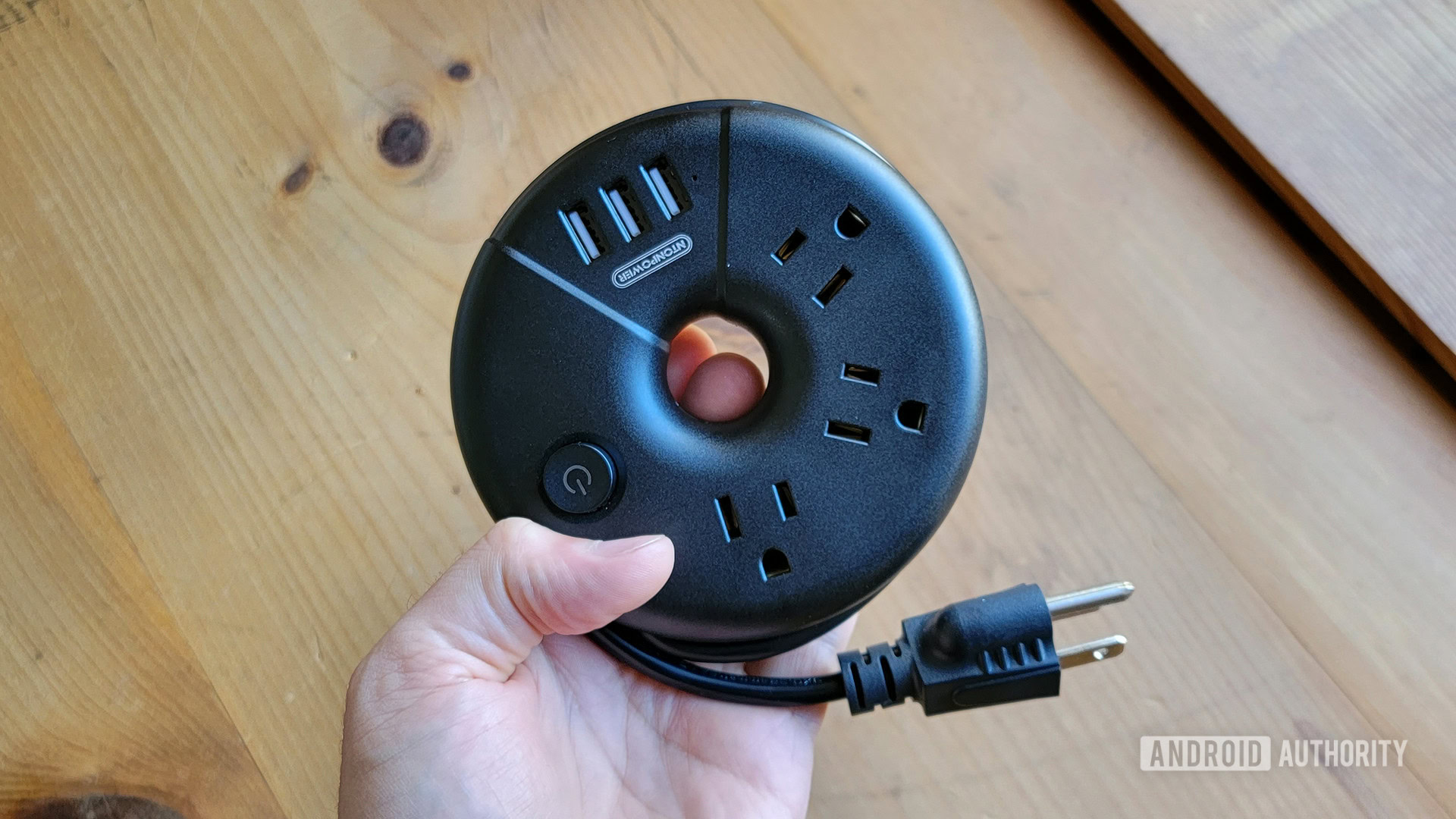
Having a good GaN charger is only half the battle. Finding one open outlet to charge my gear when I go to sleep is pretty easy, but what if I need to work in an unfamiliar place and an outlet isn’t close enough for my relatively short USB cables? That’s where an extension cord comes in handy, and the NTonPower Portable Power Strip ($20) gets the job done while staying quite compact.
The cord is 15 inches long, which is not too short to be useful but also doesn’t add too much bulk to my bag. The fact that it adds some extra plugs and USB ports is a nice touch as are the multiple color options available, such as black, white, and even red.
The only real downside is that this strip offers zero surge protection. This means you should avoid using this long-term as one power spike and your gear could be toast. However, for bringing a wall outlet closer to your temporary workspace it does the job well enough.
PD-compliant power bank
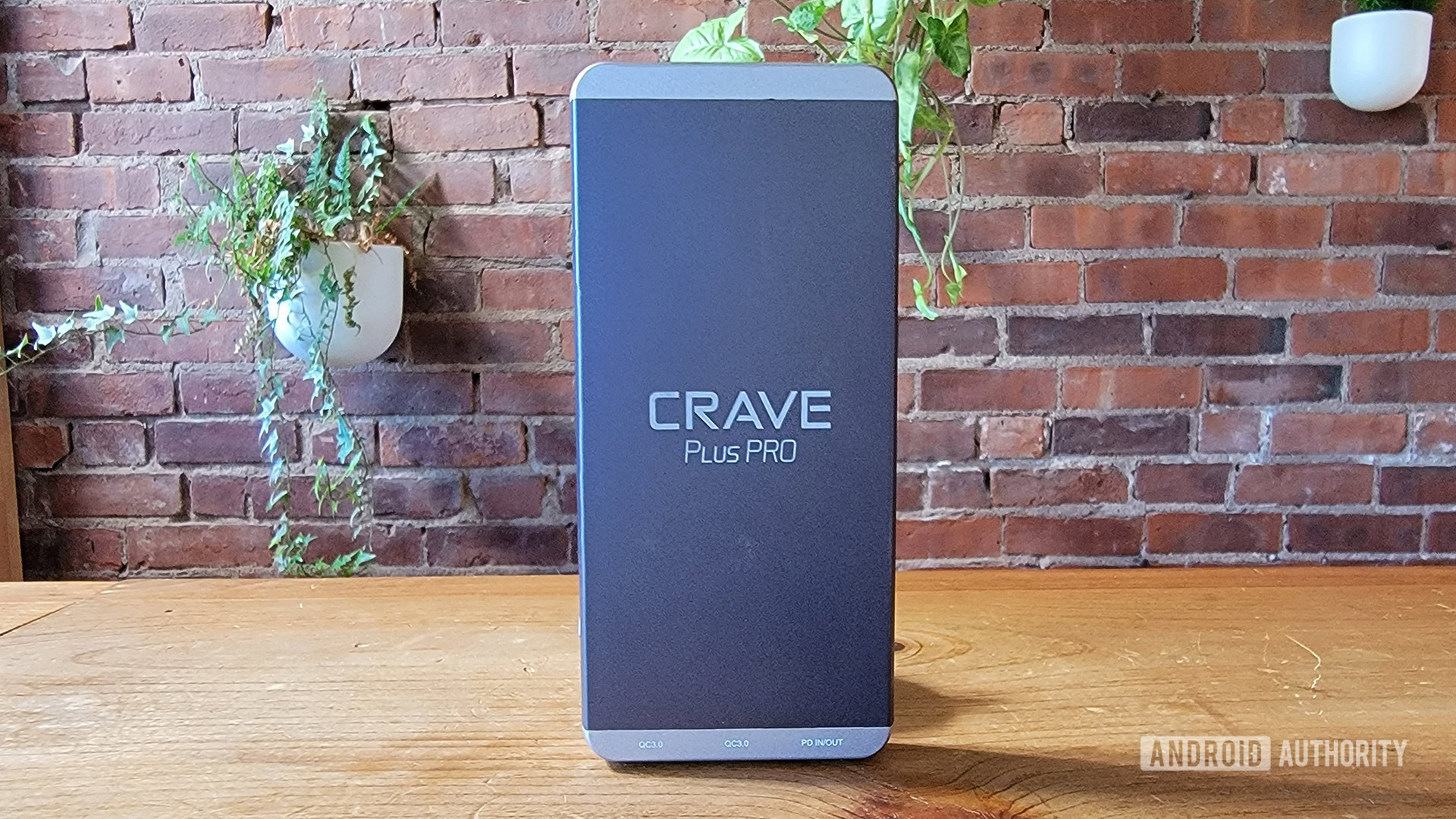
The GaN charger and miniature power strip were very useful when we were stopped somewhere. However, when I was actually in the car I needed something to keep my gear topped up without having access to an outlet at all.
That’s why a large, high-speed power bank with multiple ports is essential road trip tech. To be clear, not just any power bank will suffice here. You need something that can charge a laptop, so it needs to have plenty of milliampere-hours (mAh), Power Delivery (PD) support, and be fast enough to meet the speed demands of a laptop (usually 45W at the minimum). If you don’t have a capable power bank in these regards, you won’t be able to give your laptop juice on the go!
Likewise, the power bank needs multiple ports and one of them should be USB-C. There are a lot of power banks on the market that meet these needs, but I used the Crave Plus Pro ($100). That charges my Dell XPS 13 at 45W and has a 20,000mAh capacity, enough to charge the laptop fully and then some. You should shop around, though, and find one that works well for you. Just make sure it will be fast enough to charge your laptop and have enough mAh to charge it fully and still have some leftover for your other gadgets.
Travel laptop desk
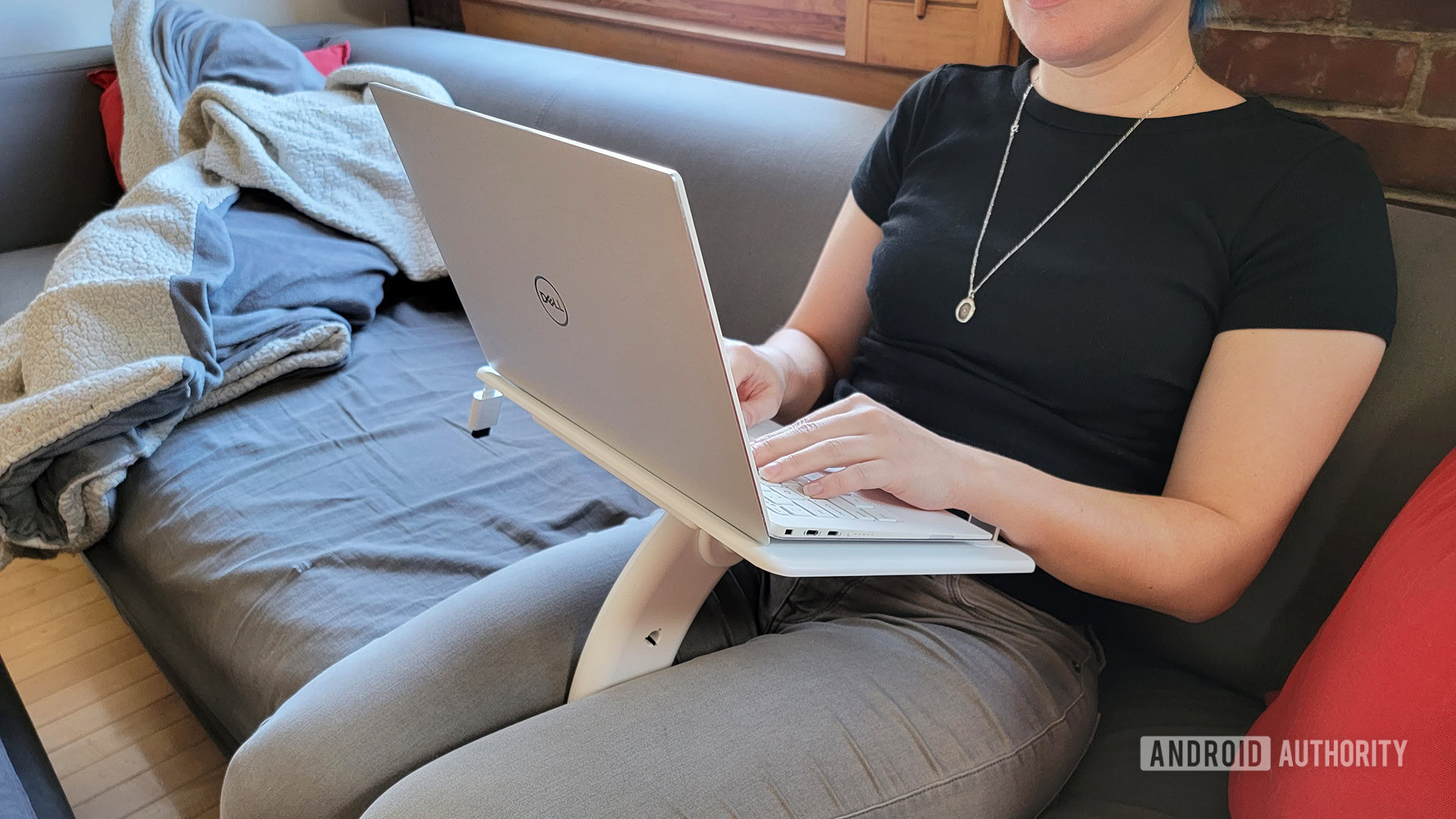
In the car, you’re likely going to need to prop your laptop on your knees. This is bad for several reasons. First, your laptop’s fans will have a tough time keeping your device cool since your pants will be blocking airflow. Second, your legs will get hot for this same reason. Third, your neck will constantly be stressed by looking down at the screen.
A travel laptop desk will solve — or at least mitigate — all three of these issues. The Lamouple Lap Desk ($34) works well for me because it’s small, simple, and folds up for easy storage when not in use.
This desk not only works well in the car but anywhere, really. If you’re stuck at a coffee shop and all the tables are occupied, this will work for you. Likewise, if you’re stuck on the couch at a friend’s house during a stop on the road. It will help your productivity as well as your neck.
Noise-cancelling headphones
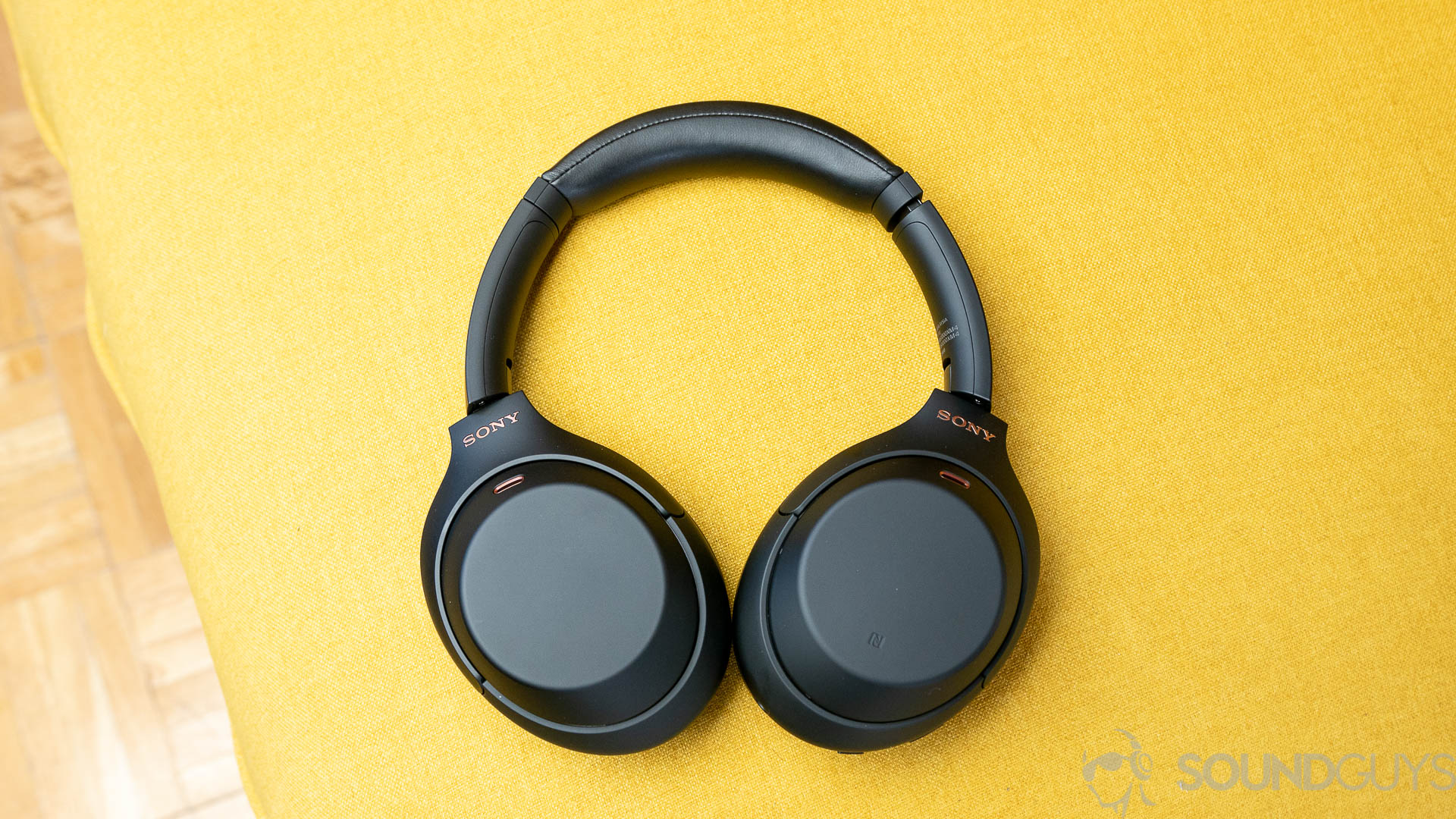
My partner did a lot of driving on this road trip. While she was driving, it wouldn’t be fair to ask her to turn down her music or turn off her podcast so I could focus on my work. Additionally, the sounds of the road can be quite distracting.
That’s why a terrific set of noise-cancelling headphones is essential road trip tech. I use the Sony WH-1000XM4 ($350) over-ear headphones. These are amazing when it comes to comfort, noise-cancellation, battery life, and sound quality. However, they are really expensive.
See also: How to turn your noise-cancelling headphones into a productivity tool
I also have a pair of Nothing Ear 1 ($100) earbuds. Obviously, they don’t cancel the ambient noise nearly as well as the XM4s, but they certainly are cheaper.
We have plenty of guides on noise-cancelling headphones and earbuds, so consult those for help finding the best fit for your needs and budget.
Percussive therapy gun
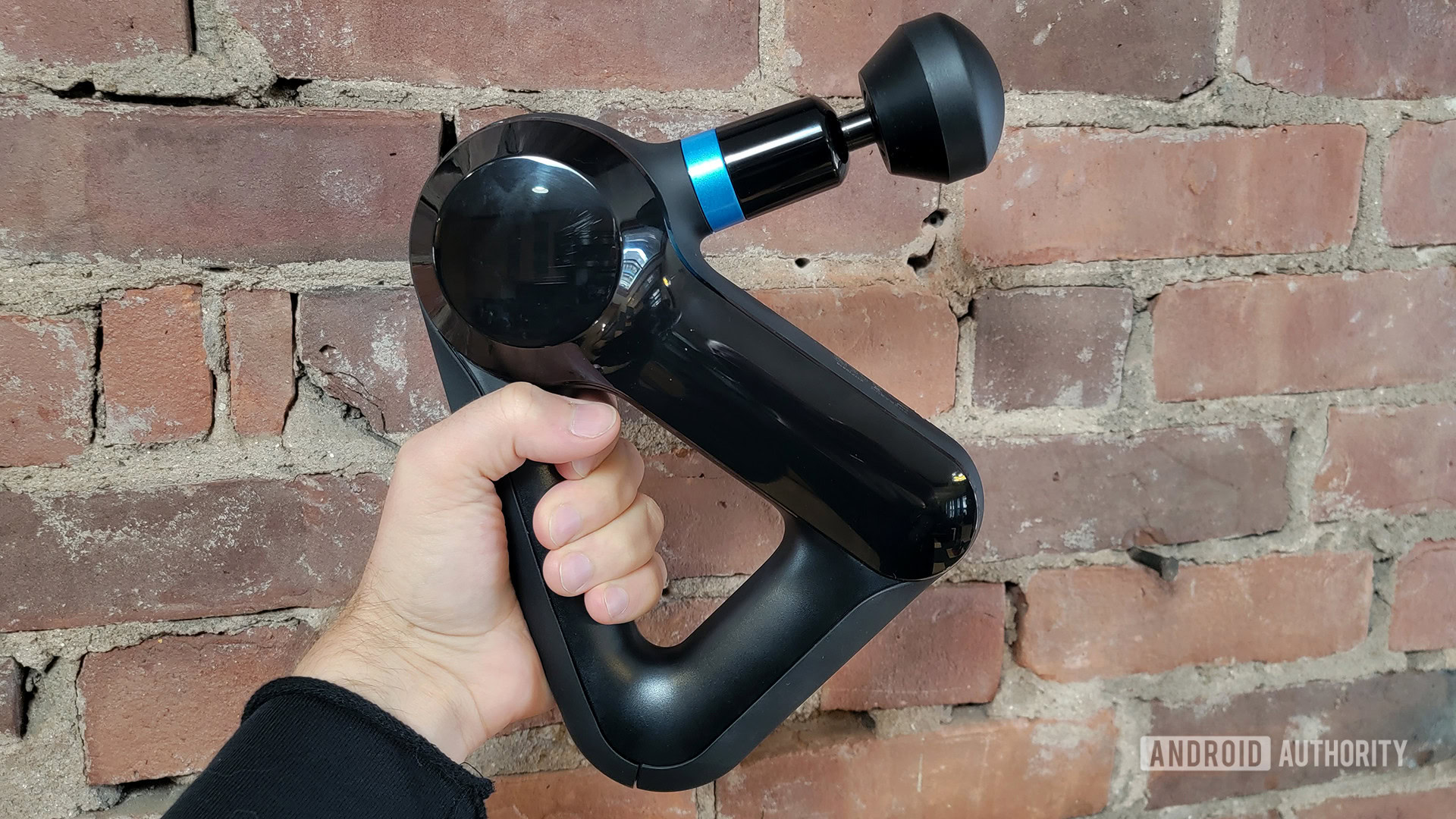
No matter how many precautions you take to stay comfortable during a road trip, you’re going to inevitably be cramped and sore after six hours in one spot. Once you arrive at your destination, you’re going to want to address those cramps and sores! But getting a full-body massage at each stop isn’t likely to be feasible.
Enter a percussive therapy gun. We have a Theragun Elite ($399), which is pretty much the Tesla of this product category. It works wonders on your back and neck and was invaluable during this road trip. Battery life is excellent, there are many modes and head options, and it has a helpful travel case.
However, there are plenty of competitor devices on the market that will save you some cash. Whichever one you go with, you will be incredibly thankful you brought it along.
Road trip tech: Miscellaneous
The six products above are things you may not think of when preparing for your next road trip. However, there are plenty of other things you should pack in your bag. Here are a few of my favorites, including the gear bag itself.
- Peak Design Everyday Backpack ($330) — This is my everyday carry. It fits literally everything I need for my job and looks great doing it. It’s very expensive but comes with a lifetime guarantee, which is pretty much unheard of nowadays.
- Flint retractable lint roller ($10) — Being stuck in the car all day is inevitably going to get messy as you spill crumbs and such all over yourself. This tiny lint roller is cheap and will make sure you look OK before arriving at your destination.
- Car phone mount ($24) — This is an obvious necessity not only for road trip tech but for pretty much every car that doesn’t have Android Auto, Apple’s CarPlay, etc.
- Wired earbuds ($22) — You don’t want to be stuck with headphones that run out of juice. You also want to be prepared just in case you lose or break your fancy headphones. A cheap set of USB-C headphones will work on both your phone and laptop.
- Phone tripod ($45) — Like the headphones, you don’t want to find that your laptop has no power left and you need to conduct an important Zoom call. Bring a small smartphone tripod so you can still look professional even if your laptop is dead.
Those are my essential road trip tech items. Do you have something you never leave home without for long trips? Let us know in the comments.
Read more: How to plan a road trip with Google Maps